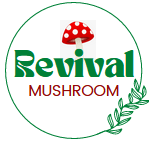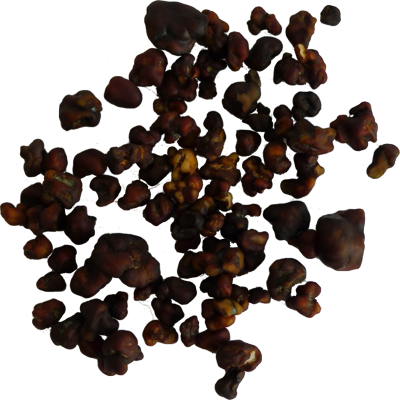Description
Buy Psilocybe tampanensis ‘Pollock’ Mushroom Spores online
Buy Psilocybe tampanensis ‘Pollock’ Mushroom Spores online. Pollock P. tampanensis magic mushroom spore vials are produced under sterile conditions and should be kept dark and refrigerated (2-8°C) to increase the shelf life of the spores. Buy Psilocybe tampanensis ‘Pollock’ Mushroom Spores online.
Vial vs. Syringes
Spore vials are superior to the spore syringes in most fields. Get the best results when cultivating Pollock P. tampanensis magic mushrooms with this quality spore vial. Using spore vials will result in a higher success rate in the colonization and fruiting process.
Reasons to go Vial:
- Longer shelf life than most spore syringes (2 years vs 6 months)
- It’s easier to get ALL spores out of the container. Plastic syringes are often charged with static electricity making the spores stick to them. Glass vials are never charged, so 100% of the spores will come out.
- Works great with liquid culture growth media. Syringes can be prepared with a different solution, rendering any liquid culture medium unusable.
- Spore vial solution has over a 1000 grow parts per milliliter, versus 500 g.p.p. ml or even less in most syringes.
- Professional look and feel
- Takes up less space
- Easier to transport
Contents
- 1x Glass Vial with 10ml Pollock P. tampanensis tampanensis spore solution
- 1x Sterile 10ml Syringe
- 2x Alco Preps
Instructions to use a Pollock P. tampanensis spore vial
The caps of the vials are comprised of a circular rubber membrane. The rubber membrane, or septa, may be penetrated by a syringe needle, but it prevents airflow, microorganisms, or anything else from passing through on its own.
Shake the bottle of Pollock P. tampanensis spores vigorously to uniformly distribute the spores throughout the vial. Remove the protective stopper cap from the top of the vial and use an alco prep to disinfect the septa. Unpack the sterile syringe and remove the needle’s protective cap. Insert the syringe needle through the septum.
The needle’s tip must be immersed in the spore solution. Slowly retract the plunger of the syringe to fill the syringe with spore solution. It takes just 3 milliliters of spore solution to colonize 1 liter / 1.05 quarts of substrate. After filling the syringe with the desired quantity of spore solution, remove the needle from the vial gently.
To proceed from here to the inoculation process, there are several methods to choose from:
Dropping the spore solution onto the substrate
After having prepared your own substrate or cakes, you can drop the Pollock P. tampanensis spore solution directly from the syringe onto this. Press the plunger slowly so that dropplets of spore solution will come out of the needle. Every dropplet that will be in contact with the substrate is a potential mycelium growth point. Spread out these dropplets over the substrate evenly to colonize the substrate with mycelium.
Injection through injection ports
This is much the same as dumping the spore solution onto the substrate. To open the injection port, pull the port protective cap backwards. To sanitize the injection port entrance, use an alco prep. With the needle, pierce the hole. Now, evenly distribute the spore solution around the substrate inside the spawn bag or grow box. After injecting the Pollock P. tampanensis spore solution, withdraw the syringe and insert the port protective cap into the injection port.
Liquid culture for faster colonization and stronger mycelium
When the Pollock P. tampanensis spore solution is injected into a “bath of nutrients” such as Liquid Culture Growth Medium, the spores will transform into mycelium inside this liquid suspension. This is known as liquid culture, abbreviated LC. It is possible to inoculate substrates and cakes using Liquid Culture Growth Medium. Liquid culture growth media has a greater success rate and will be much more dependable than spore germination without LC. Using LCs will enhance the probability of finding mushrooms.
Note: The Liquid Culture Growth Medium will not work well with our spore syringes.
Study spores and research using a microscope
The marvelous world of spores. Many of our clients are scientists doing research in makeshift laboratories on these discrepancies. After preparing your microscope slide, apply a little amount of the Pollock P. tampanensis spore solution on it. Cover the specimen with a covering glass for a microscope. For Psilocybe tampanensis and Panaeolus cyanescens spore studies, 1000x or greater magnification is optimal.
The syringe and reusing it
Once using the syringe to inoculate the substrate, cake, or LC with Pollock P. tampanensis, the empty syringe may be reused after the needle has been disinfected. This may be accomplished using a lighter or spirit burner. Burn the needle by holding it in the flame long enough for it to emit an orange light. Allow it to cool before reinserting the needle. In lieu of reusing a needle, you may get a sterile one separately.
Storage
Store the Pollock P. tampanensis vial in the refrigerator between 2°C – 8°C or 35°F – 46°F. Leave the ‘septa protecting stopper cap’ in place when storing the vial. After removing this protective cap, always sterilize the septa with an alco prep before you insert the syringe. Pollock P. tampanensis spore vials can be stored this way for 2 year after leaving our warehouse.




qbbkxebxio –
buy ammo landmarkfirearms.com